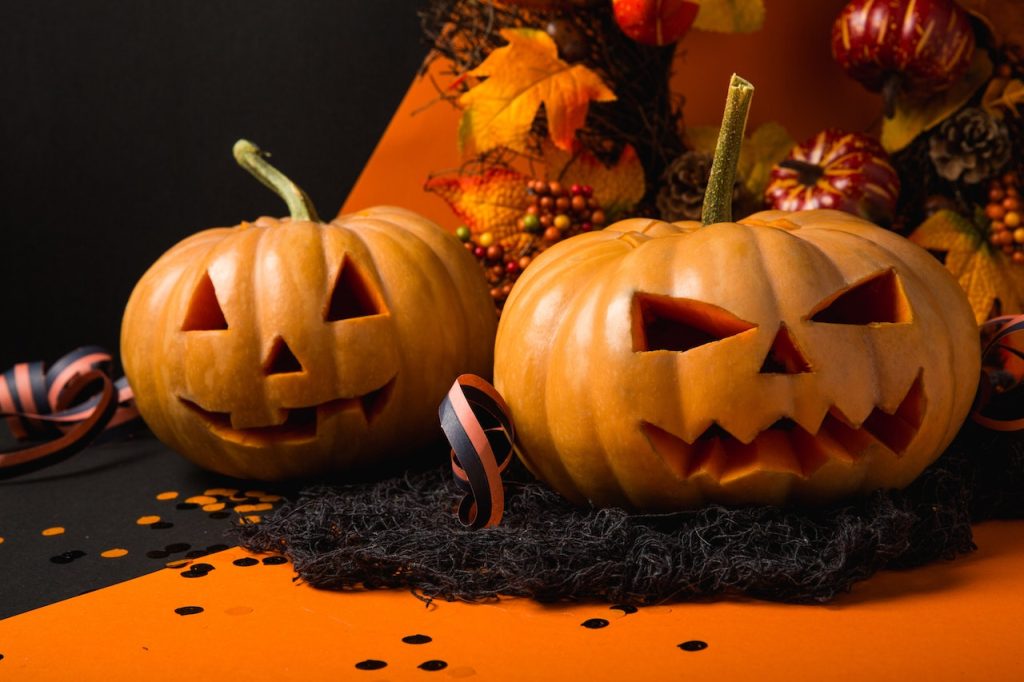
Writing a story is a fantastic way for kids to express their creativity and share their ideas with others. But for many young writers, figuring out how to organize those ideas can be a challenge. Understanding the story structure for kids helps students turn their creative thoughts into engaging stories that flow smoothly from beginning to end. In this blog post, we’ll explore what story structure is, why it’s important, and share some practical steps and techniques that students and teachers can use to create a solid story structure.
What Is Story Structure?
Story structure is essentially the framework that gives a story its shape. It organizes the events of the story in a way that guides the reader from the beginning to the end. While professional writers often use complex structures, a simple three-part structure is perfect for young writers. This structure includes:
- Beginning (Introduction): Sets the stage for the story by introducing the characters, setting, and situation. It gives readers an idea of what kind of world they’re stepping into and who they will be following through the story.
- Middle (Problem or Conflict): This is where the main action happens. A problem or challenge is introduced that the main character must face. This part of the story builds tension and makes readers wonder how the character will solve the problem.
- End (Resolution): The ending is where the problem is resolved, and the story wraps up. It’s the part where the character finds a solution, learns a lesson, or comes to a new understanding. This is where the story feels complete.
Understanding this basic structure helps kids build stories that are engaging and easy to follow. But how do students actually create a story using this structure? Let’s break down the steps.
Step-by-Step Guide to Creating a Solid Story Structure
- Step 1: Brainstorm Story Ideas
Before diving into the structure, students need to have a story idea. Encourage kids to brainstorm characters, settings, and events. This could be as simple as asking questions like, “What if a young girl found a magical key?” or “What would happen if a dog could talk?” This process helps kids get excited about their story and gives them a foundation to build on. - Step 2: Create a Story Map
A story map is a visual tool that helps students outline their story. Draw three columns or sections labeled “Beginning,” “Middle,” and “End.” In the “Beginning” section, students can list their main character, the setting, and what their character wants or is doing at the start of the story. The “Middle” should describe the problem or challenge the character faces, and the “End” should outline how the problem is solved. - Step 3: Focus on the Problem
The middle of the story is often the trickiest part for kids, but it’s also the most important because it’s where the story gets exciting. Help students think about what could go wrong for their character and how they might react. For example, if their story is about a pirate searching for treasure, the middle might include a storm at sea, a rival pirate, or a tricky riddle to solve. The problem should be challenging enough that readers want to see how the character overcomes it. - Step 4: Build the Climax
The climax is the turning point of the story—the moment when the main character faces the problem head-on. This part should be the most exciting and dramatic. For younger students, it helps to think of it as the moment when the character must make a big decision or take an important action. In our pirate story example, the climax could be when the pirate finally battles the rival pirate or solves the riddle to find the treasure. - Step 5: Resolve the Conflict
After the climax, the story should move towards the resolution. This is where the main character solves the problem or reaches their goal. Encourage students to think about how their character has changed or what they have learned through their adventure. It’s important to remind kids that the resolution doesn’t have to be a “happily ever after” ending—it just needs to feel satisfying and complete.
Techniques to Improve Story Structure
Once students have a basic structure in place, they can use the following techniques to make their story more engaging:
- Use “Five W’s and One H”: This is a technique that helps kids think about the details of their story. Ask them to answer Who, What, When, Where, Why, and How about their story. For example, “Who is the main character?”, “What do they want?”, “Where does the story take place?” This can help fill out the details of each part of the story structure.
- Show, Don’t Tell: This writing rule encourages students to describe what is happening instead of just telling the reader. For example, instead of saying, “The pirate was scared,” they could write, “The pirate’s hands trembled as he clutched his sword, his eyes darting through the dark mist.” This makes the middle and climax of the story more vivid and exciting.
- Dialogue and Action: Encourage students to include dialogue (what characters say) and action (what characters do). This helps bring their story to life and makes the characters feel more real. Dialogue can also be a great way to show how a character is feeling without directly stating it.
- Read Aloud for Flow: Once students have written their story, reading it aloud can help them hear if the story structure is working well. Does the beginning introduce the characters clearly? Is there enough suspense in the middle? Does the end feel like a satisfying conclusion? Reading aloud can also help them catch any parts that might need more detail or explanation.
Why Is Story Structure Important?
A good story structure makes storytelling easier and more enjoyable for kids. It provides a roadmap that helps them stay focused on what happens next in their story, which can make the writing process feel less overwhelming. For teachers, teaching story structure gives students a valuable tool that they can use again and again, whether they’re writing a story in English class or working on creative projects.
Story structure also helps kids develop important skills like sequencing (understanding the order of events), problem-solving (thinking through how a character can overcome challenges), and empathy (putting themselves in a character’s shoes). These skills are not only useful in writing but also in reading comprehension and everyday communication.
Using BookBildr for Education to Bring Stories to Life
Now that we understand the basics of story structure, let’s talk about how kids, teachers, and schools can make their stories even more exciting by turning them into real books. Using tools like BookBildr for Education, young writers can bring their stories to life with illustrations, layouts, and even printed books. This adds an extra layer of excitement for students who get to see their ideas turned into something tangible that they can share with others.
With BookBildr, students can write, illustrate, create the layout, and professionally print their stories all in one place. The platform is particularly great for teachers, as it allows them to subscribe to school or class plans under a teacher account, with student accounts all included in the same plan. This makes it easy for teachers to manage and oversee their students’ projects while giving kids the freedom to be creative.
Here’s how BookBildr for Education can make story writing even more fun:
- Write and Edit: Students can type out their stories directly on the platform, making it easy to draft and edit as they go along. Teachers can offer feedback, guiding students to refine their story structure and enhance their writing.
- Illustrate: A picture is worth a thousand words, and kids love adding illustrations to their stories. BookBildr lets students create their own illustrations or add images to make their storybook even more vivid and engaging.
- Layout and Design: Students can design their book’s layout, choosing fonts, colors, and styles that match the tone of their story. This is a great way for kids to express their creativity and learn about design.
- Print and Share: The most exciting part is being able to professionally print the book! Students can see their hard work turn into a professionally bound storybook that they can take home, share with friends, present in class, or even place in the school library for others to read!
Final Thoughts
Story structure for kids is a foundational skill that can open up a world of creativity. By following simple steps like brainstorming, mapping out a story, focusing on problems, and building a strong climax and resolution, students can craft stories that are fun to write and even more fun to read. With practice, young writers can use story structure to take their ideas and turn them into compelling stories that captivate their readers.
Whether students are writing their first short story or exploring longer projects, understanding how to structure their ideas will set them up for success. Happy storytelling!

